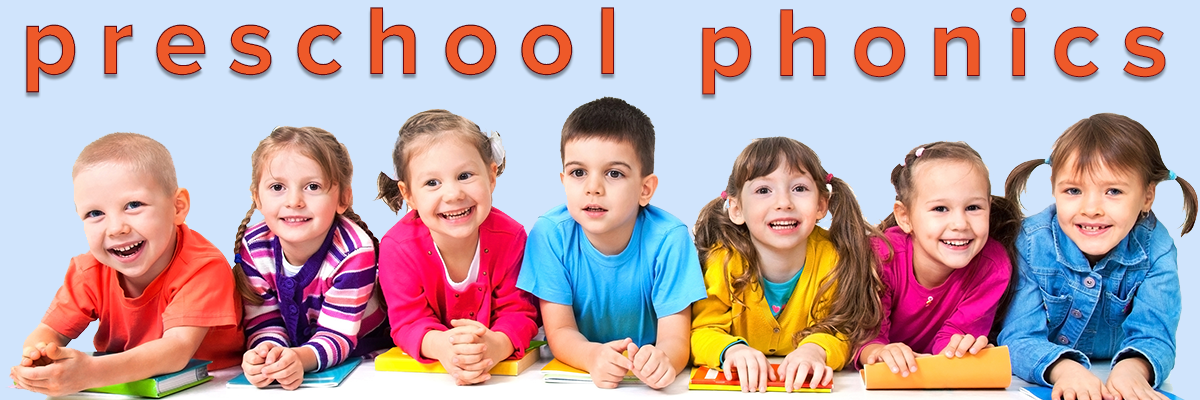
How to Teach Phonics to Preschoolers
Tips and activities to help make learning phonics fun for your preschooler.
Teaching kids to read is one of the most valuable gifts you can give them. But there’s no need to rush through the process. Instead, it’s better to build skills thoroughly from the ground up, so they’ll feel empowered to take on any words they come across. Phonics is an important part of any reading program. It teaches kids that words are made up of individual sounds, and those sounds correspond to letters.
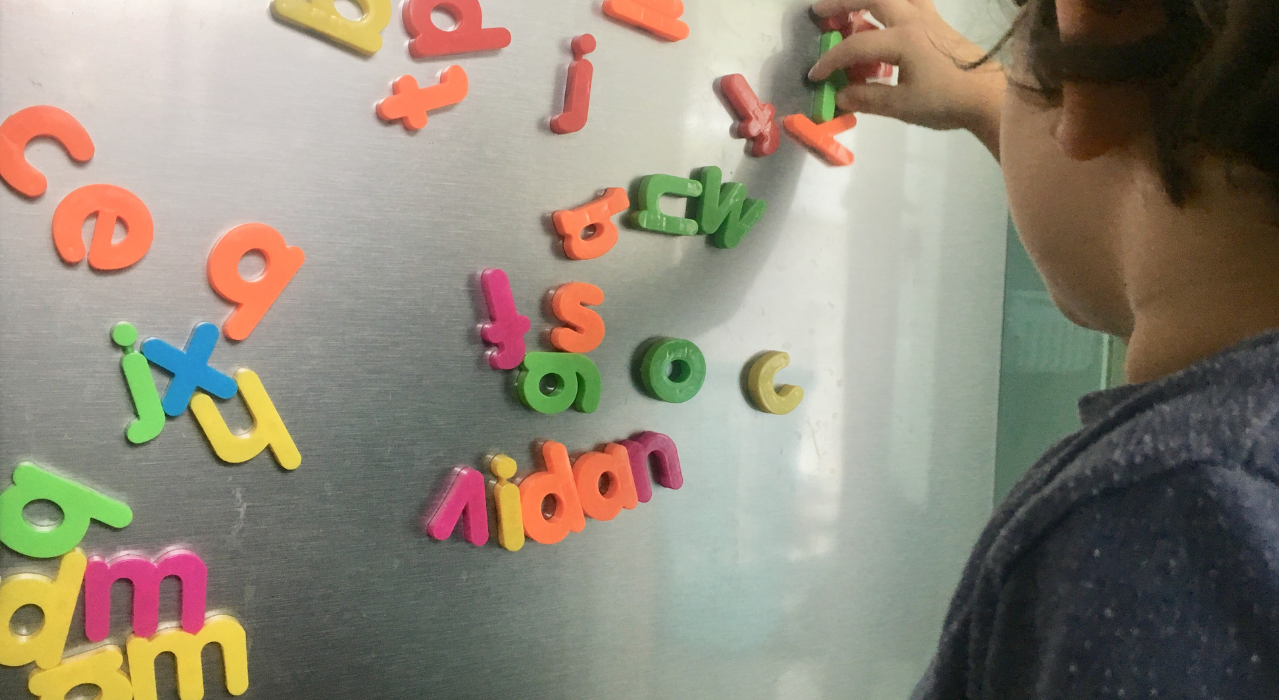
It’s important to note that preschoolers don’t need to completely master all the skills shown here before starting kindergarten. Your goal when teaching phonics to preschoolers should be helping them understand that letters and sounds go together, and those sounds make up words. If they’re able to begin reading short words, that’s great! If not, don’t worry.
Reading is a complex process that takes a long time to master. Be patient, and let kids progress at their own pace.
Here are some tips and activities for teaching phonics to preschoolers in fun and engaging ways.
1. Develop Phonological Awareness
Before you introduce printed letters, help your child build phonological awareness, the ability to recognize and manipulate the individual sounds within words.
Reflect on the period when your child was learning to speak. It’s likely you engaged in activities that highlighted the rhythm and patterns of speech, such as rhyming games or clapping out the syllables in words, to help them grasp the structure of language.
Phonological awareness encompasses recognizing and working with sounds in spoken language in a broader sense, including syllables, onset-rime segments, and individual phonemes. For example, when teaching a child about the word “ball,” you could emphasize the syllable count, identify rhyming words as well as words that begin with the same sound.
Phonological awareness is a foundation for understanding phonics, where words are constructed by using a knowledge of letters and their sounds.
This holistic approach to understanding spoken language prepares children for the complexities of written language, recognizing that words can be segmented and manipulated in various ways beyond individual sounds.
At the preschool age, work on helping your child see that words can be broken into individual sounds.
Phonological Awareness Activities:
- Look for rhyming words to learn that many words share similar sounds. Say several words to your child, and ask which ones rhyme. Or, have them come up with lists of words that rhyme with a specific item, trying to come up with the longest list possible.
- Play “I Spy” with beginning sounds. This game is a favorite, and sneaks in some phonological awareness. Just use letter sounds instead of letter names. “I spy with my little eye something that starts with ‘duh’.” (Instead of “D.”)
- Do a sound round-up. Send kids on a scavenger hunt to find items that start or end with specific letter sounds. (Remember to focus on the sounds the letters make, not the letters themselves. So if you ask for items ending in a “kuh” sound, they could bring a toy duck, snake, or croc.)

2. Recognize the Letters of the Alphabet
You’ve probably been teaching your child the alphabet since the very beginning, in one way or another. Being able to sing the alphabet song is a good start. Then, move on to recognizing the printed letters themselves, in both uppercase and lowercase form. The world is full of opportunities for learning the alphabet, and possible activities are nearly endless!
Alphabet Activities:
- String alphabet beads. String these on yarn or pipe cleaners in a variety of ways. You can ask kids to put them in alphabetical order. Or, you can encourage them to string together all the beads of the same letter, in both upper and lowercase. Be sure to name the letters with your child to help them along.
- Have a scavenger hunt. Hide alphabet magnets or blocks around the house, and send kids out to find them. As they bring them back, have them name the letter. Each time you play, race to see if you can beat your previous time!
- Match upper and lower case. It’s really important that kids can recognize both forms of each letter. One fun and easy way is to write each letter on an individual sticky note, one for upper and one for lower case. Stick these all to the wall or floor randomly, then have your child match them up. You can also play a memory matching game with upper and lower case alphabet cards.
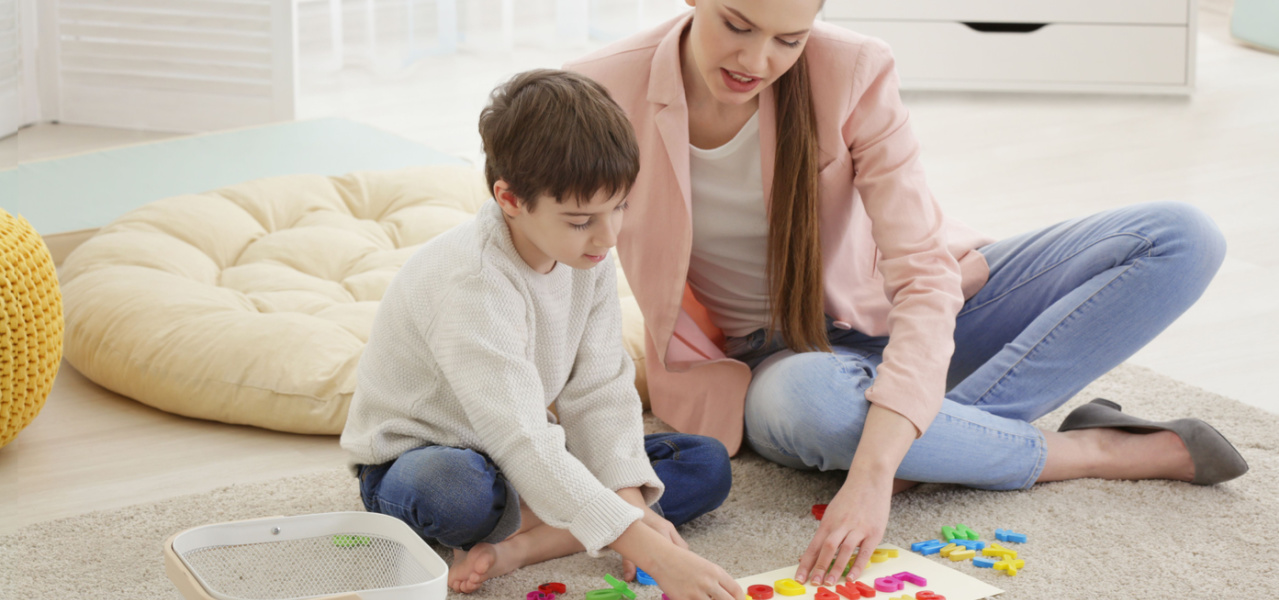
3. Match Letters with the Sounds They Make
Preschoolers should be able to start matching letters with their associated sounds, individually or as part of a word. This is the true definition of phonics: correlating letters or groups of letters with the sounds they make. Note that children can learn letter sounds simultaneously with learning letter names. A child does not need to have learned letter names before learning letter sounds. You can decide which method works best for your child.
Many experts recommend teaching letter phonics in a specific order, rather than alphabetically. The overall goal is to help kids master letters in an order that gets them reading real words more quickly.
Like all learners, emergent readers need to feel like they’re making real progress in order to stay engaged. The sooner they’re able to read simple words, the more excited they’ll be. Here are just a few expert-recommended letter orders to consider:
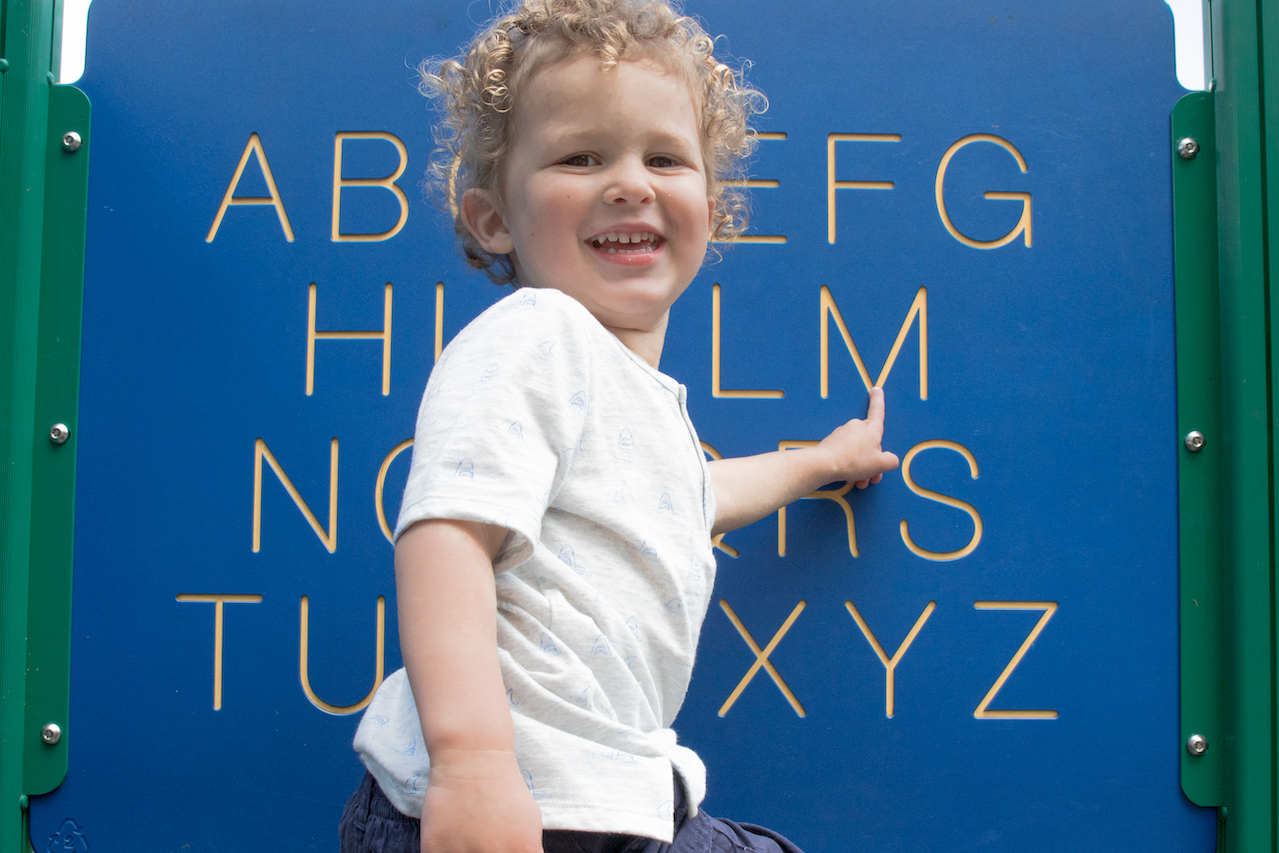
- Wiley Blevins Scope and Sequence
- Penn State Literacy Instruction Letter-Sound Correspondence Sequence
- The Measured Mom’s Best Order for Teaching Letters
Whichever order you choose, try some of these letter-sound correspondence activities for teaching phonics to preschoolers.
Letter-Sound Matching Activities:
- Fish for letters. Float alphabet beads or magnets in a shallow tub of water, and equip kids with tongs or a small net. Then, call out a letter sound, and ask your child to fish out the letter that makes that sound.
- Make a letter bag. Throw alphabet beads into a bag, and let your child pull one out. Have them say the sound it makes, then find something around them that uses that sound. (Hint: It doesn’t have to be at the beginning of the word.) For instance, if they pull out the letter “P,” they’d say /p/.” Then, they could lay that letter on a plate (beginning), or a lamp (end), or even an apple (middle).
- Sort items by letter sounds. Gather up a variety of items, then have kids sort them by their beginning letter sound.
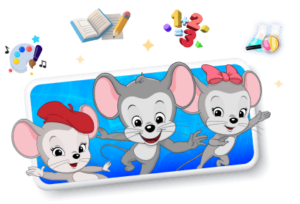
Then just $14.99/mo. until canceled
4. Blend Letters to Make Simple Words
This is the final step in basic phonics instruction: blending letter sounds together into words. It’s known as “decoding.” Students who are able to decode words can tackle increasingly more complex texts as they sharpen their skills.
In Pre-K, young children who know some letter sounds and have developed their phonological awareness can start to decode words.
Reading is harder for some children, and if you push them too hard, they may get discouraged. Focus on what they can achieve, and build a thorough grounding in those skills. As long as you’re working on phonological awareness and letter-sound correspondence at this age, kids will develop decoding skills when they’re ready. For those who are ready to decode, try some of these fun ideas for practice.
Simple Words Activities:
- Walk across letters. Use sidewalk chalk to write a simple word in large letters. Have your child walk across the letters slowly, saying the sound each makes as they go. Then, start over, moving more quickly this time and blending the sounds together. Finally, they can run across, saying the whole word at the same time.
- Build letters to find words. As kids begin to decode, they’ll learn that not all letter combinations make valid words. Give your child alphabet beads or blocks, and ask them to put together two or three-letter combinations to see what words they can find. For instance, they might spell “BOJ,” but as they sound it out, they’ll realize that’s not a real word. (This is also a fun way to build vocabulary!)
- Write your own book. Choose words your child is able to decode, and write a simple story for them to read. Have them illustrate the pages, and you’ll have a keepsake of your child’s reading journey.

Check out More Learning Ideas in our Article: 50+ PreK and Kindergarten Phonics Activities for Young Readers
Keep Learning!
For more fun first grade learning, check out:
Phonics Games
Engage your second grader with interactive phonics games with voiced instructions for easier understanding.
Browse →
How to Know You Child is Ready for Preschool
ABCmouse’s guide for understanding what age your child will be ready for preschool and what skills they should have before starting.
Browse →
Letter Sound Activities for Young Children
Explore fun and engaging letter sound activities for children aged 3-8. Learn interactive methods like Alphabet Sensory Bins, Phonics Obstacle Courses, and more to enhance early reading skills. Discover ABCmouse for more learning adventures!
Browse →
Pre-K Sight Word List
Discover if your pre-K child is ready for sight words with our guide on high-frequency word recognition. Learn effective strategies for introducing these crucial words to young learners and explore engaging methods for teaching, tailored to your child’s readiness and interest in early literacy.
Browse →
ABCmouse’s expert advice review process:
Our team of ABCmouse Curriculum Experts, made up of talented professionals in early childhood education and development, take a close look at educational content and learning claims. They put in the effort to make sure our information is accurate and current. We have a certified educator or another respected authority review the content, matching their expertise with the topic at hand. They’ll make sure the content is thorough and follows the latest research and educational guidelines. If they think we can make things even better, they’ll chat with our editorial team, and we’ll make those improvements right away. Only after a reviewer gives their thumbs-up does a piece of content get the official stamp of approval in the byline.
Legal Disclaimer: Any information, materials, or links to third-party resources are provided for informational purposes only. We are not affiliated with and do not sponsor/endorse these third parties and bear no responsibility for the accuracy of content on any external site.

